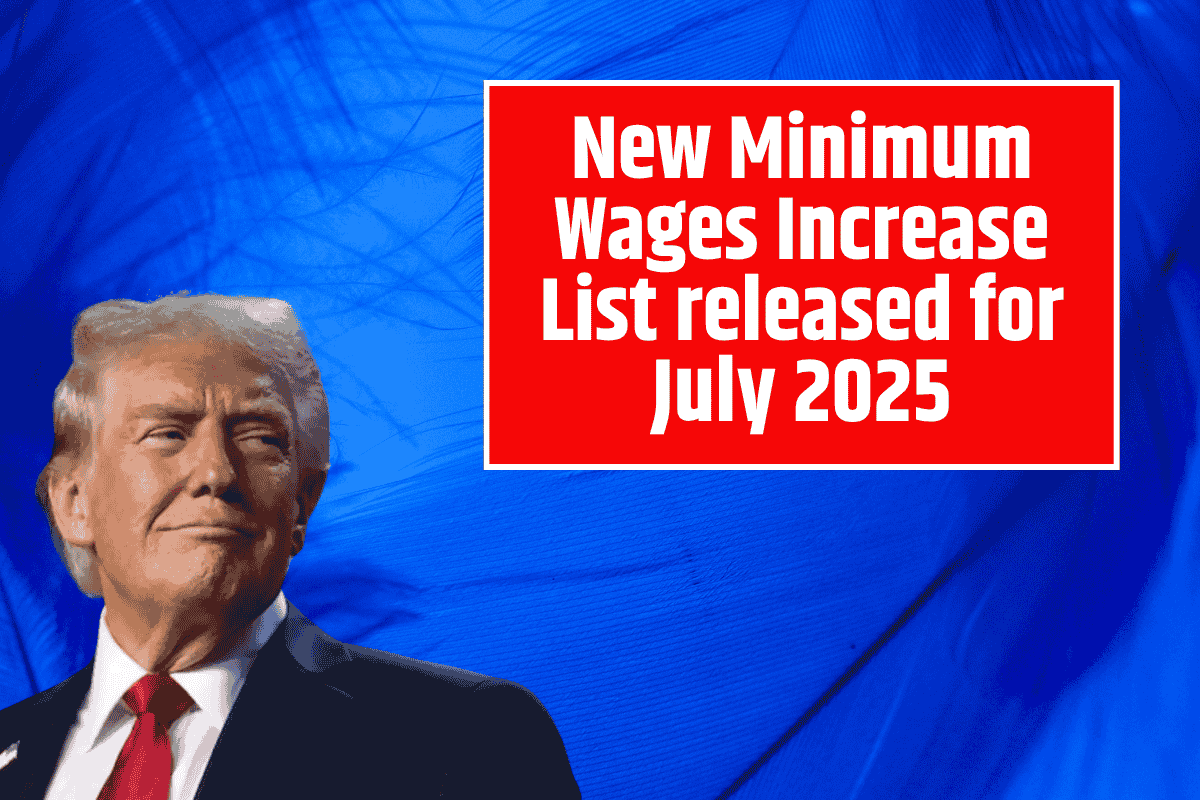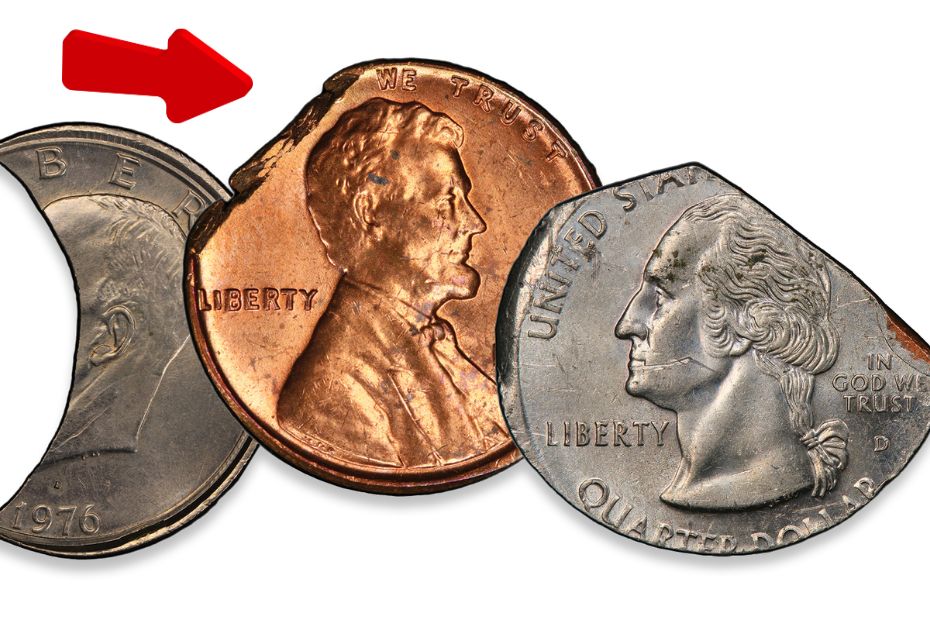Starting July 1, hundreds of thousands of workers across the United States will see a pay increase as minimum wage hikes take effect in various states, cities, and counties.
These changes are aimed at addressing rising living costs, and will benefit over 800,000 workers, particularly in Alaska, Oregon, and Washington, D.C., with additional increases across several cities in California and beyond.
Why These Minimum Wage Increases Matter
The importance of these increases is underscored by the fact that the federal minimum wage has remained unchanged at $7.25 per hour since 2009.
With inflation continuing to push up the cost of living, many local governments have decided to raise their own minimum wage rates. These local adjustments help ensure that workers earn more to meet rising expenses, particularly in areas with higher living costs.
Key Details of the Wage Increases
- Alaska:
- Alaska will raise its minimum wage by $1.09, bringing it to $13.00 per hour. This change was approved through a ballot measure, and it is expected to affect about 19,400 workers (6.3% of Alaska’s workforce). On average, these workers will see an increase of $925 per year in their paychecks.
- Washington, D.C.:
- Washington, D.C. will see a 45-cent increase, bringing the minimum wage to $17.95 per hour. This adjustment is part of an automatic inflation adjustment. It will impact 62,200 workers, or about 7.5% of the city’s workforce. These workers will earn an average of $727 more per year.
- Oregon:
- In Oregon, the minimum wage will rise by 35 cents, reaching $15.05 per hour. Approximately 801,700 workers (9.4% of the state’s workforce) will see their wages go up, resulting in an average annual increase of $420 per worker.
- California:
- California will see multiple cities and counties increasing their minimum wage rates. For example, cities like Emeryville will see an increase to nearly $20 per hour, one of the highest local minimum wages in the country. Other cities like Berkeley and San Francisco will have wages of $19.18 per hour, while workers in Los Angeles will earn just under $18 per hour. In total, 10 cities and counties in California will experience increases, with wages rising between 45 to 59 cents per hour.
- Other States:
- Chicago, Illinois, will raise its minimum wage by 40 cents, bringing it to $16.60 per hour.
- Montgomery County, Maryland, will raise its minimum wage by 50 cents, bringing it to $17.65 per hour.
Who Benefits Most from the Minimum Wage Hikes?
According to the Economic Policy Institute (EPI), about 58% of workers benefiting from the wage hikes are women, and Black and Hispanic workers are expected to see disproportionate gains.
These increases are crucial for many workers who rely on these wages to meet their day-to-day expenses.
What People Are Saying
Sebastian Martinez Hickey, a state economic analyst at EPI, emphasized the positive impact of these wage hikes, stating, “These minimum wage increases will put more money in workers’ pockets, helping many of them and their families make ends meet.”
He also highlighted the fact that the average increase in annual wages for a full-time worker ranges from $420 in Oregon to $925 in Alaska.
What Happens Next
The calls to raise the federal minimum wage continue. In fact, a bipartisan bill was introduced this month by Republican Senator Josh Hawley of Missouri and Democratic Senator Peter Welch of Vermont to raise the federal minimum wage to $15 per hour, more than double the current rate of $7.25.
Employers across the U.S. will need to review these changes to ensure they are paying their employees according to the updated minimum wage rates in their respective cities and states starting July 1.
These minimum wage increases are a significant step in helping workers keep up with the rising cost of living. While the federal minimum wage remains stagnant, local and state governments are taking action to make sure workers are paid more fairly.
If you live in one of the affected areas, you’ll see your pay increase soon, which can make a big difference in your financial well-being.
FAQs
What is the minimum wage increase for 2024?
The minimum wage increase for 2024 varies by state, city, and county. Some areas like Alaska, Oregon, and Washington D.C. will see increases starting July 1, 2024. For example, Alaska’s minimum wage will rise by $1.09 to $13.00 an hour, while Washington D.C. will increase by 45 cents to $17.95 an hour.
Which cities are raising the minimum wage in July 2024?
In July 2024, 12 cities and counties, including locations in California like San Francisco, Berkeley, and Los Angeles, will raise their minimum wage. Other cities like Chicago and Montgomery County, Maryland, are also increasing wages.
Why is the federal minimum wage still $7.25?
The federal minimum wage of $7.25 has not changed since 2009. Efforts to raise the federal wage have faced opposition in Congress. However, many states, cities, and counties have implemented their own minimum wage increases to address the rising cost of living.
How much will the minimum wage increase in Alaska, Oregon, and Washington D.C.?
In Alaska, the minimum wage will rise by $1.09 to $13.00 per hour. Oregon’s minimum wage will climb 35 cents to $15.05 per hour. Washington D.C. will see a 45-cent increase to $17.95 per hour.
Who benefits most from the minimum wage increases?
According to the Economic Policy Institute (EPI), 58% of those benefiting from these wage hikes are women. Additionally, Black and Hispanic workers will disproportionately benefit from the increases, helping reduce income inequality in these communities.















Alabama needs higher minimum wage it’s hard to make it and live in Alabama. People needs to open there eyes and see this. But like always Alabama gets the scam every day